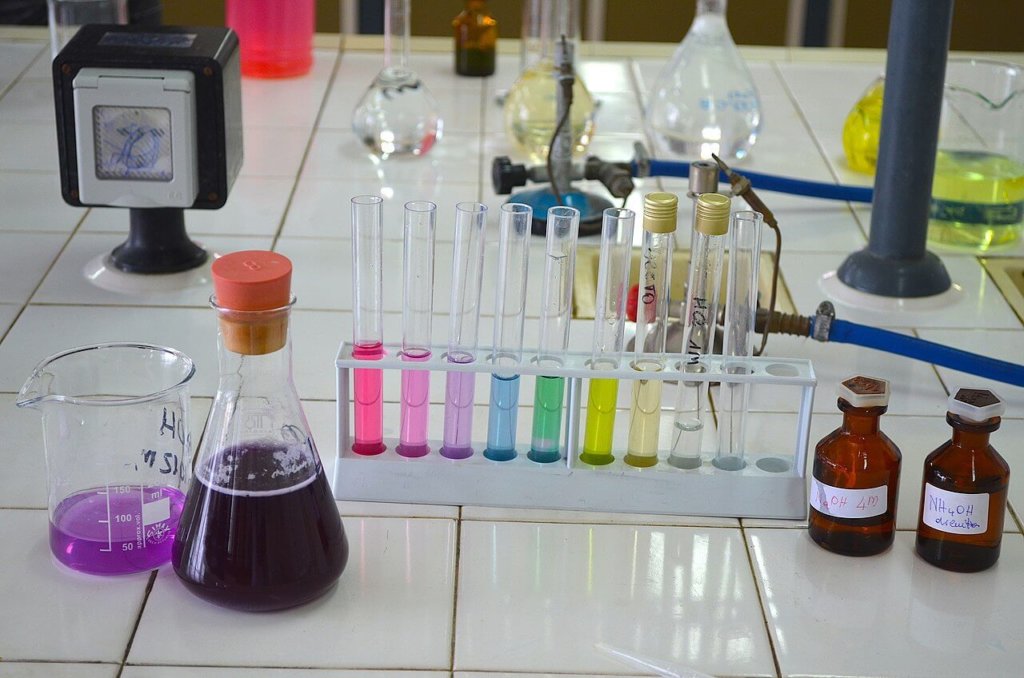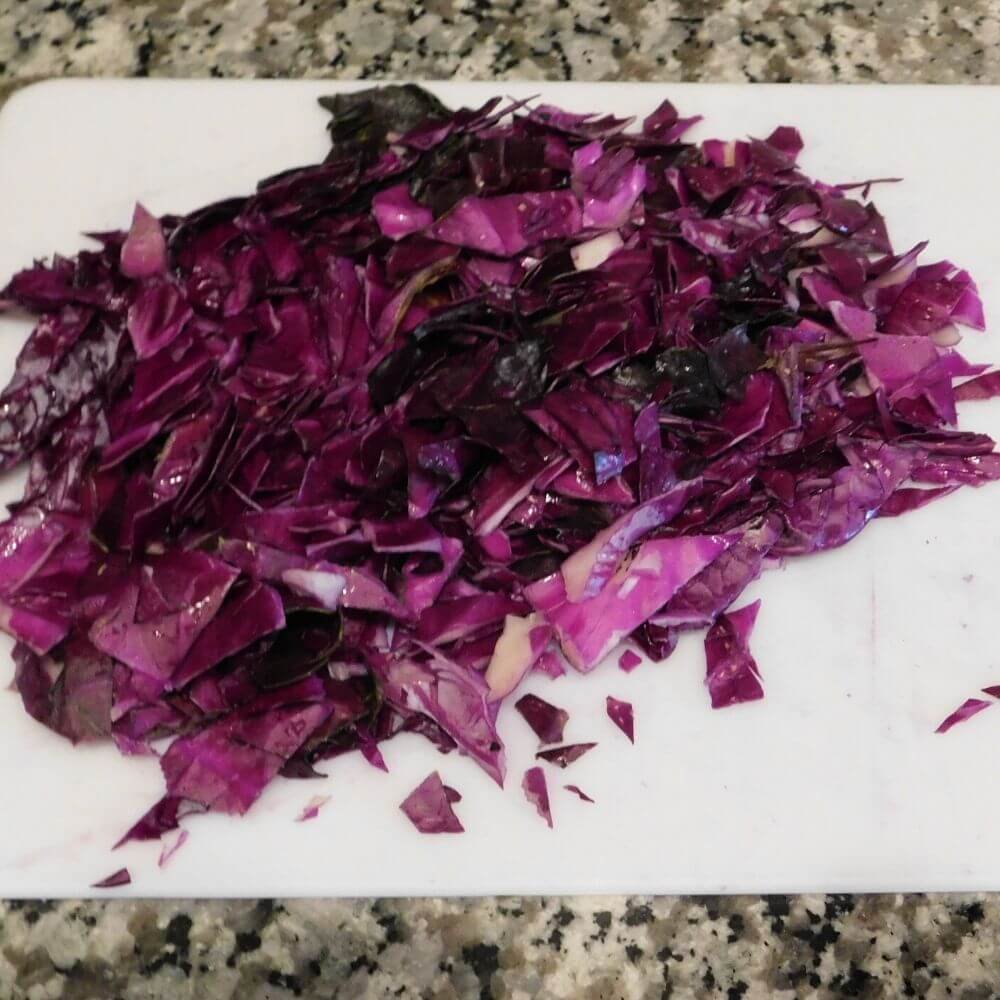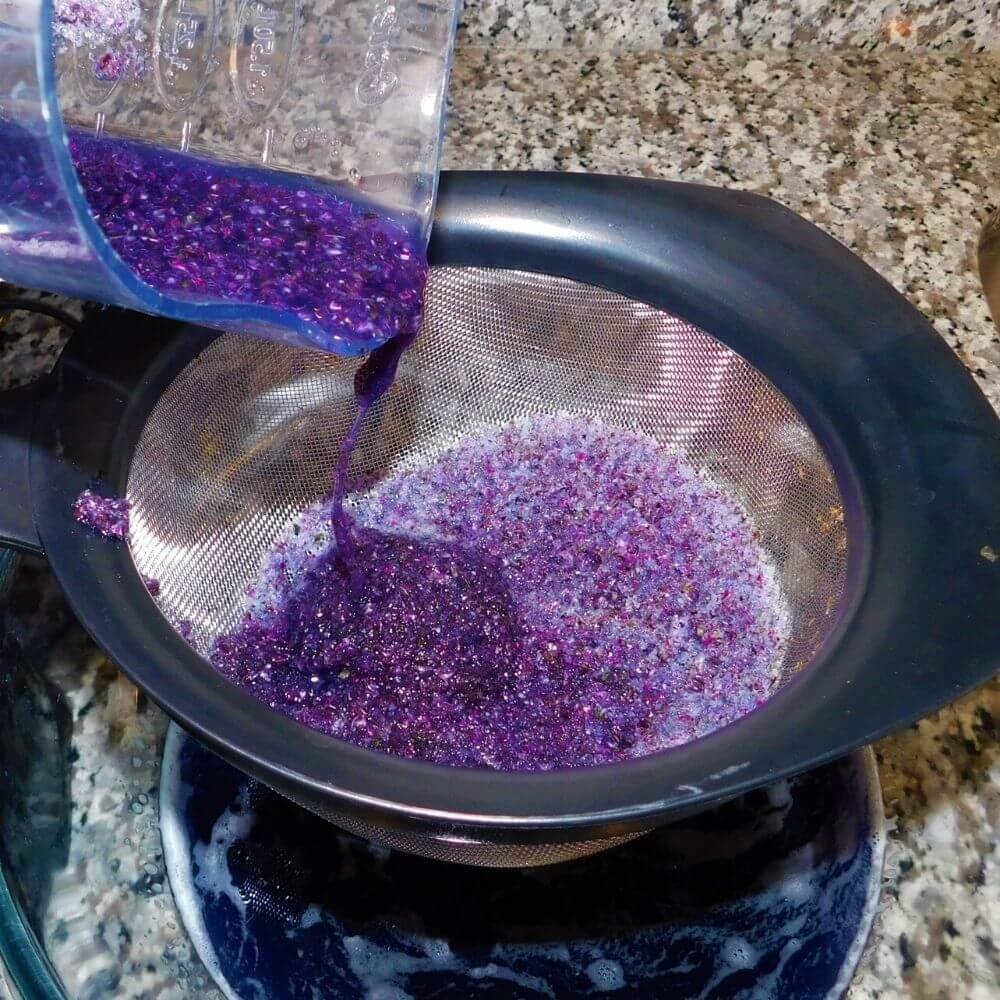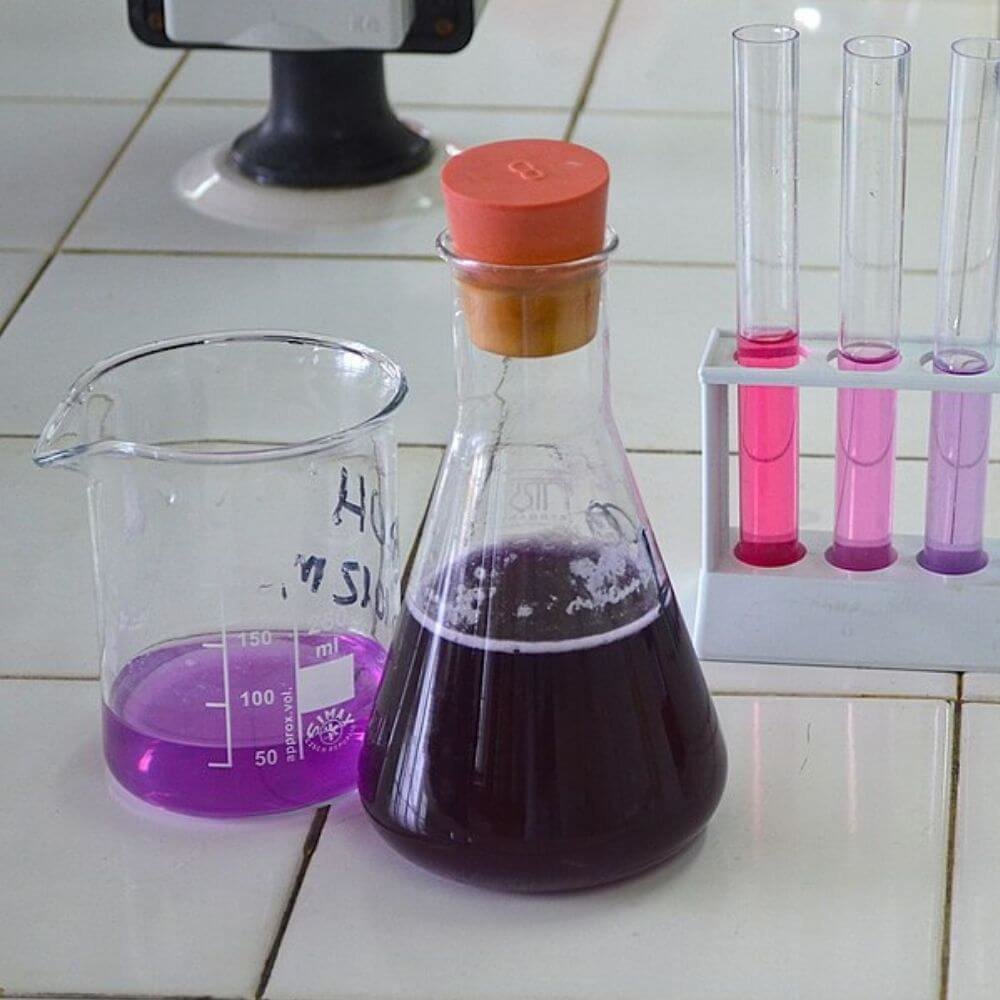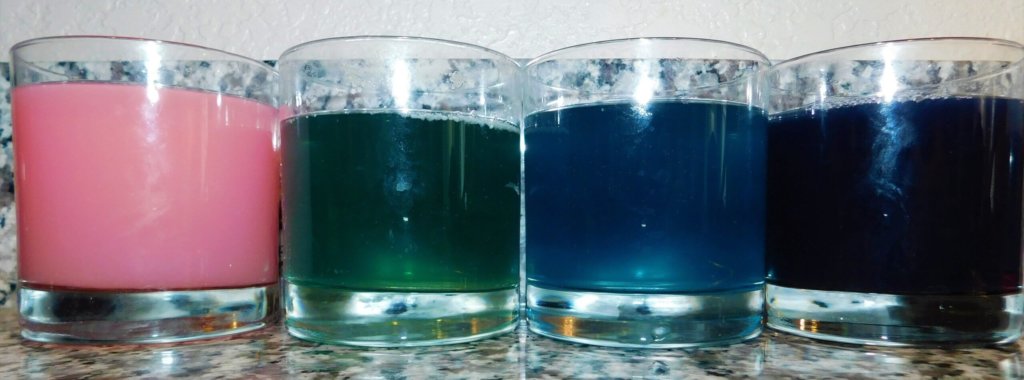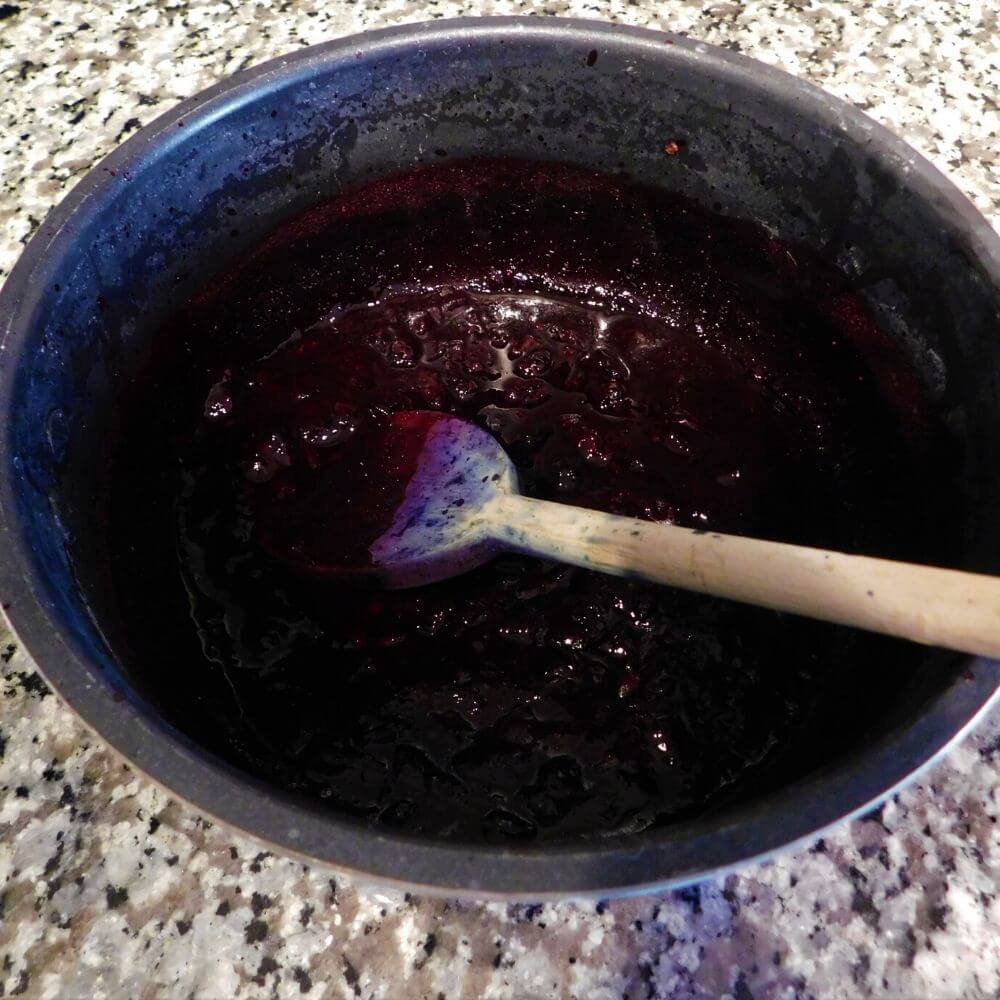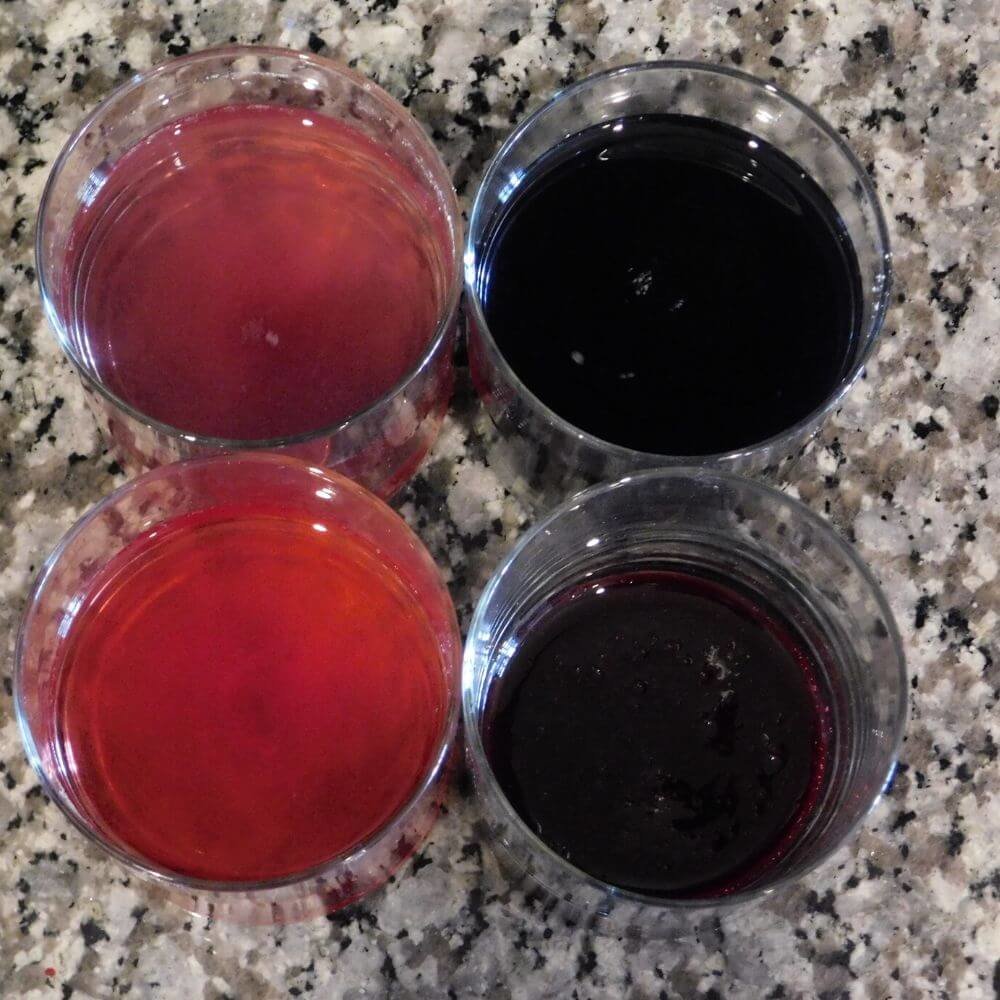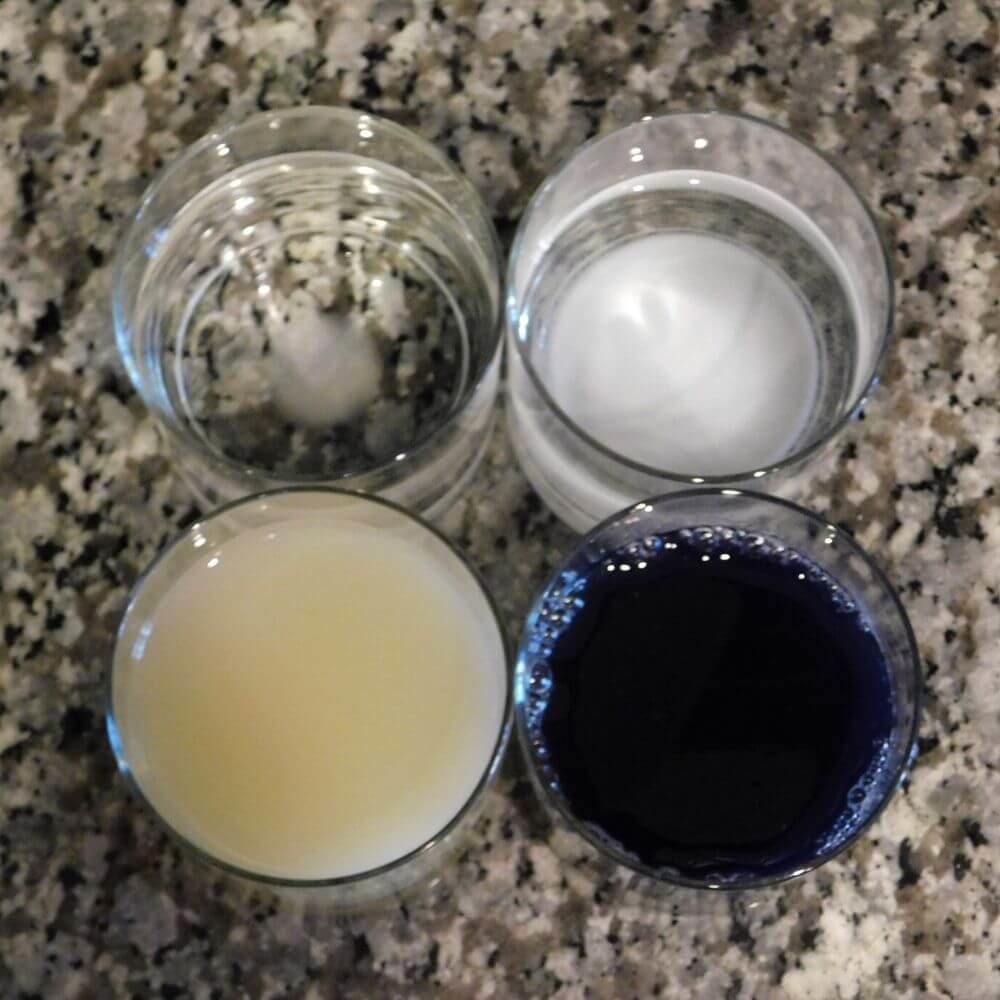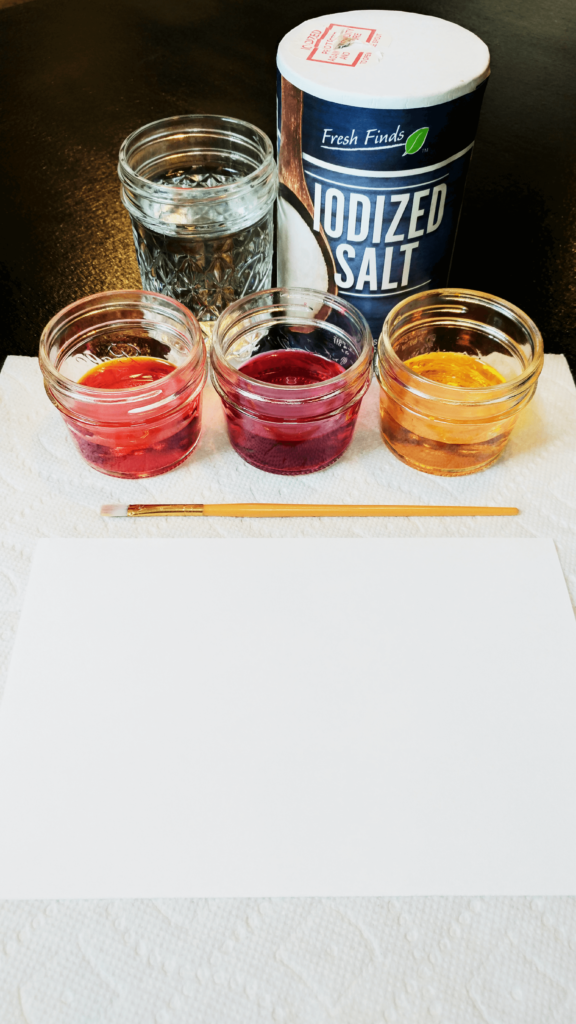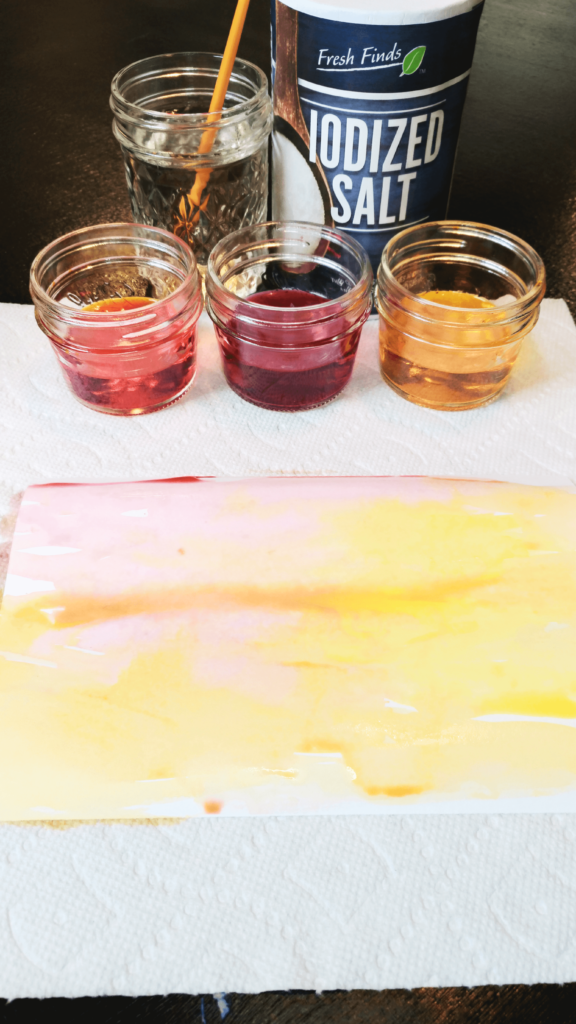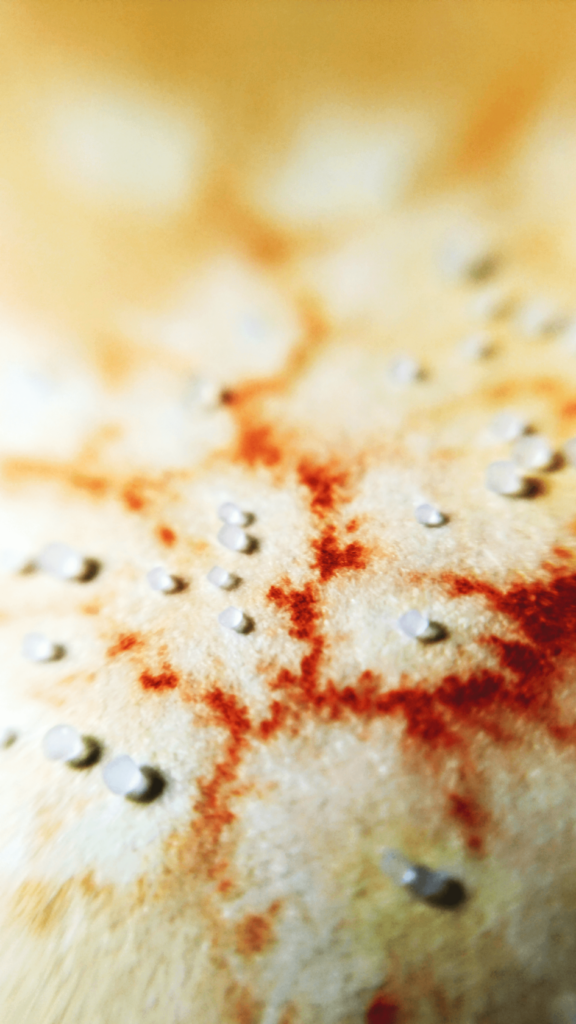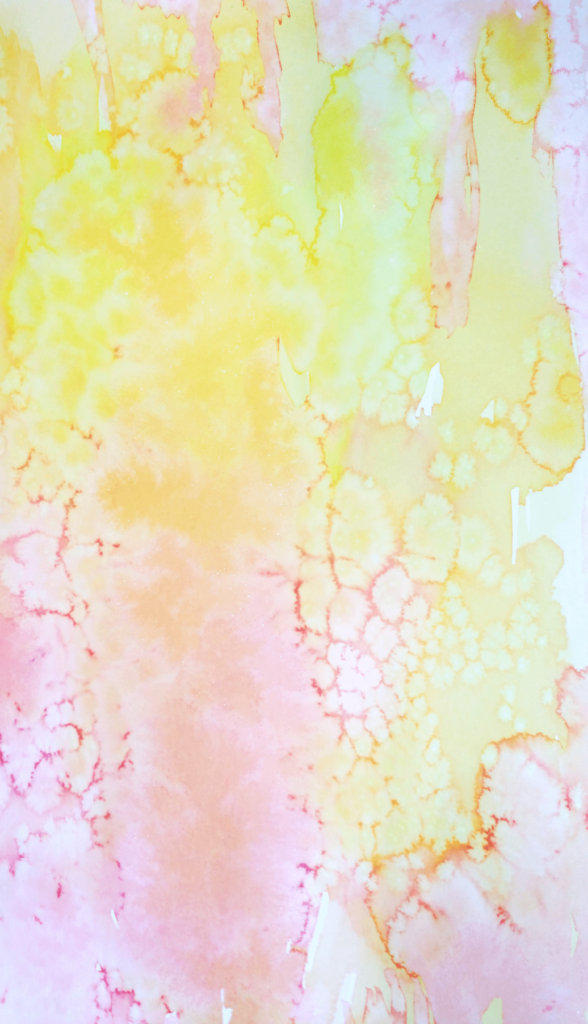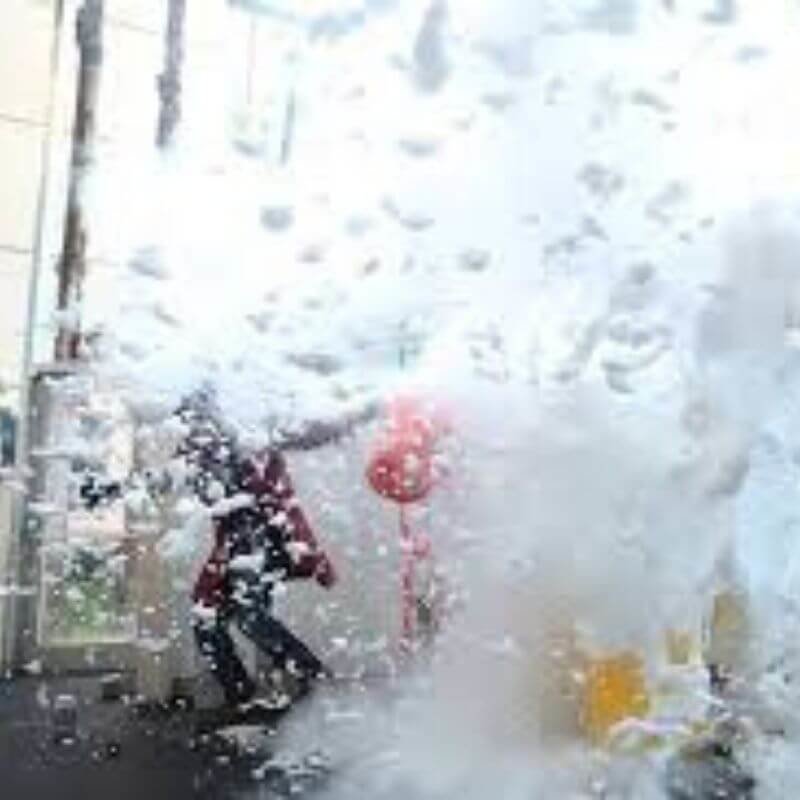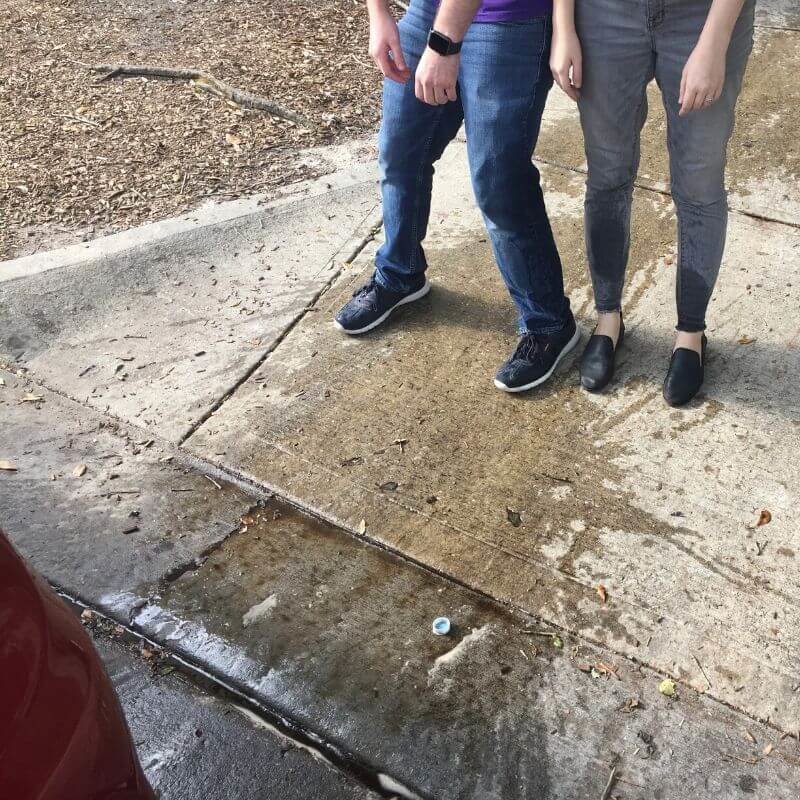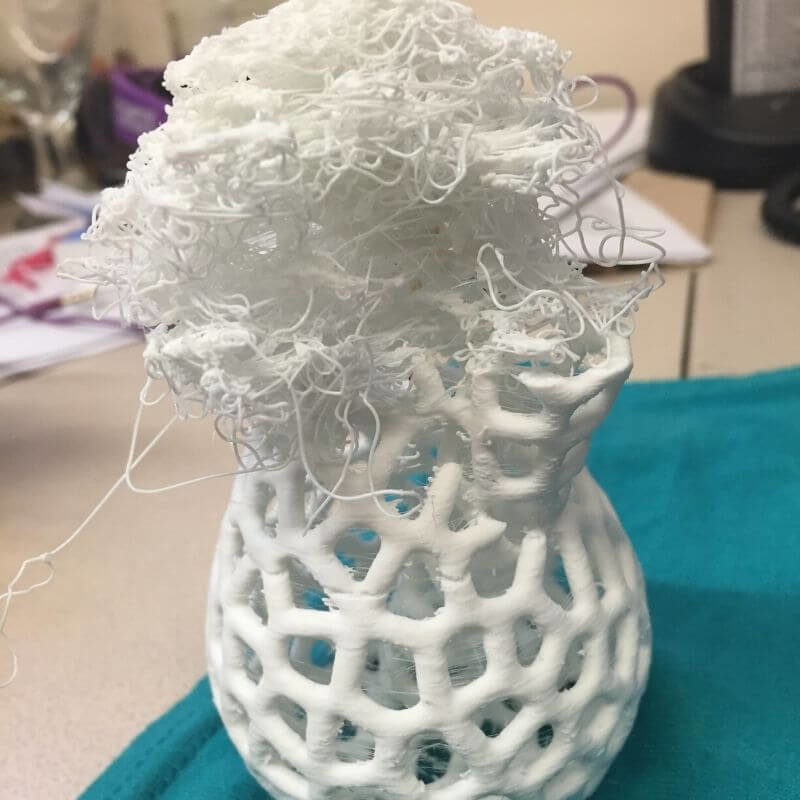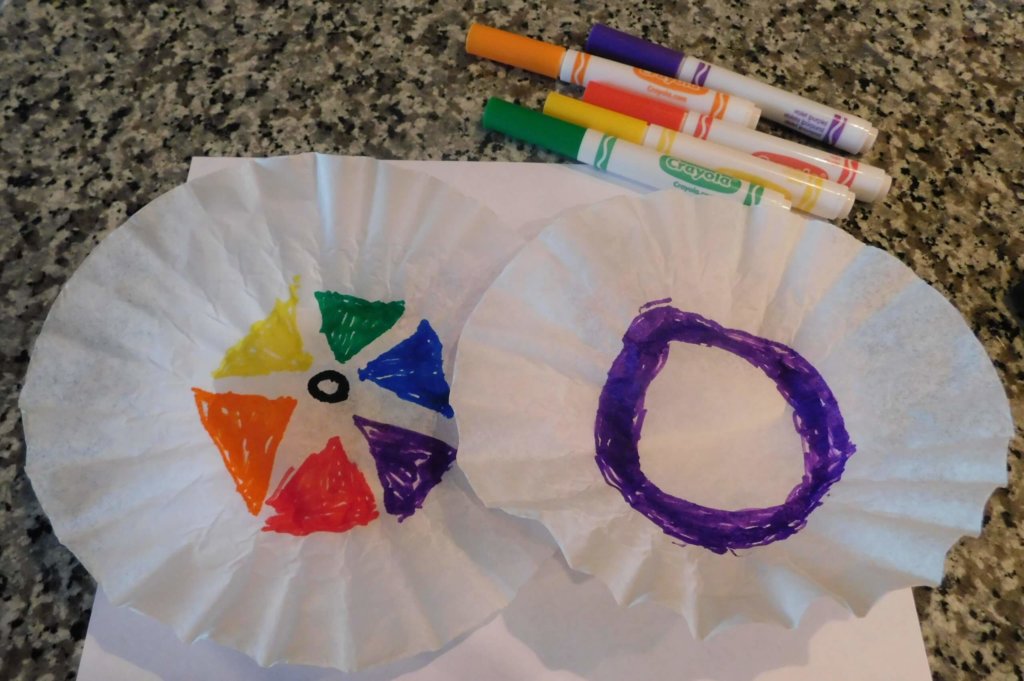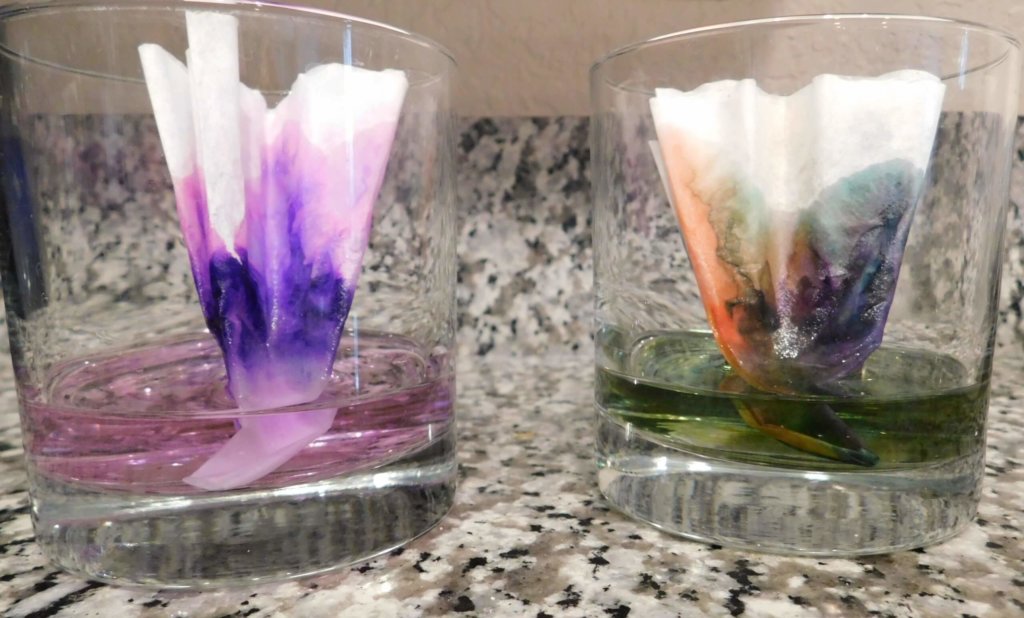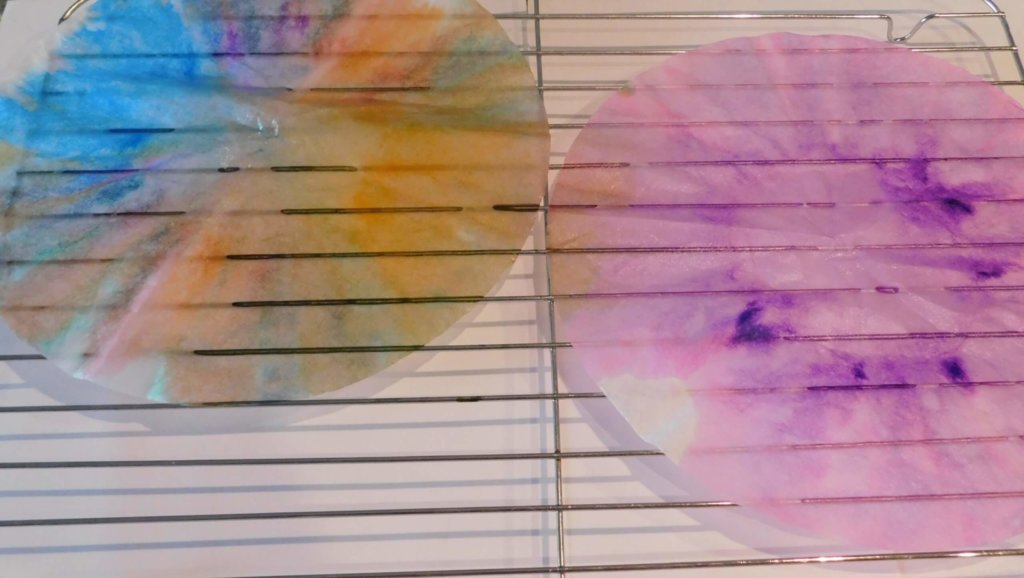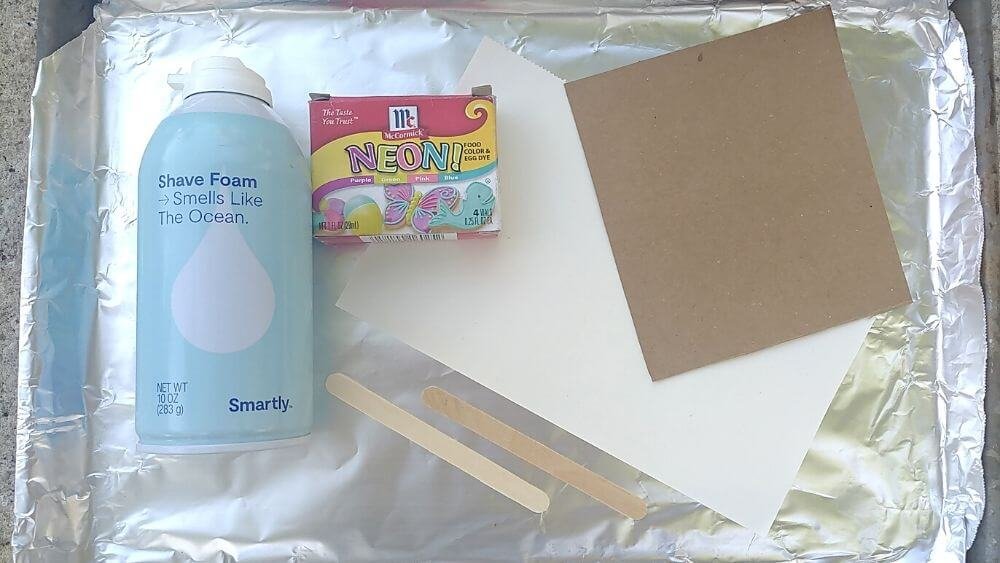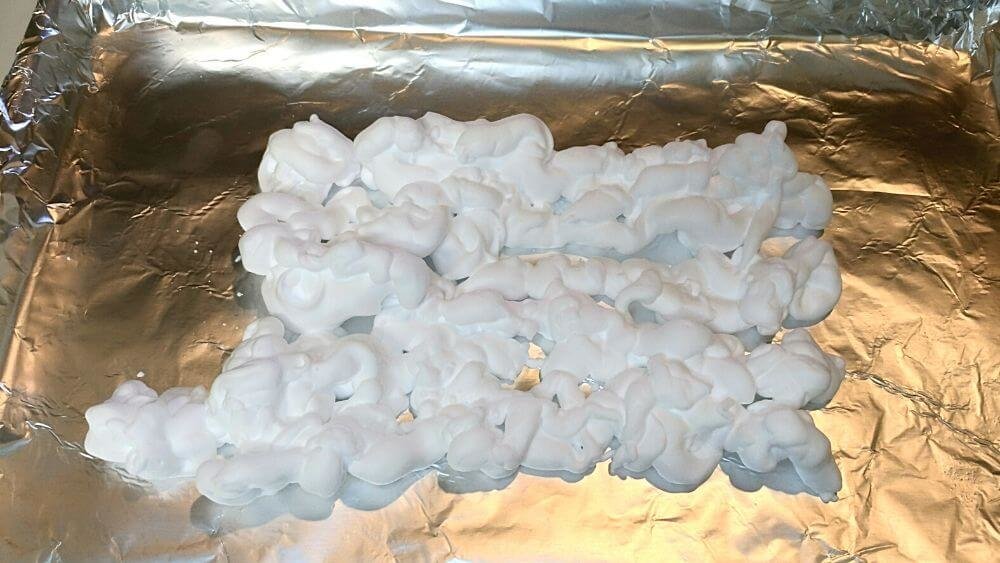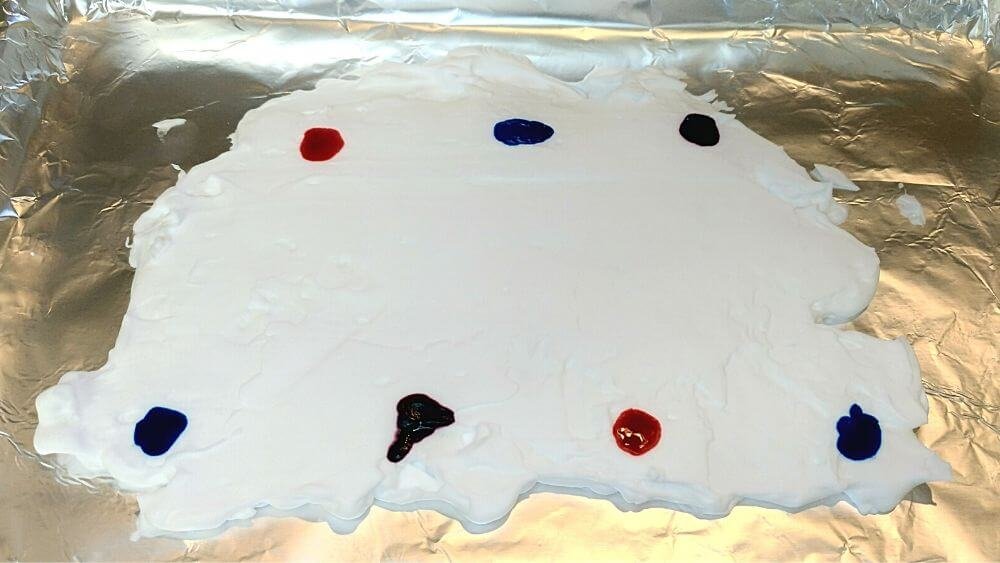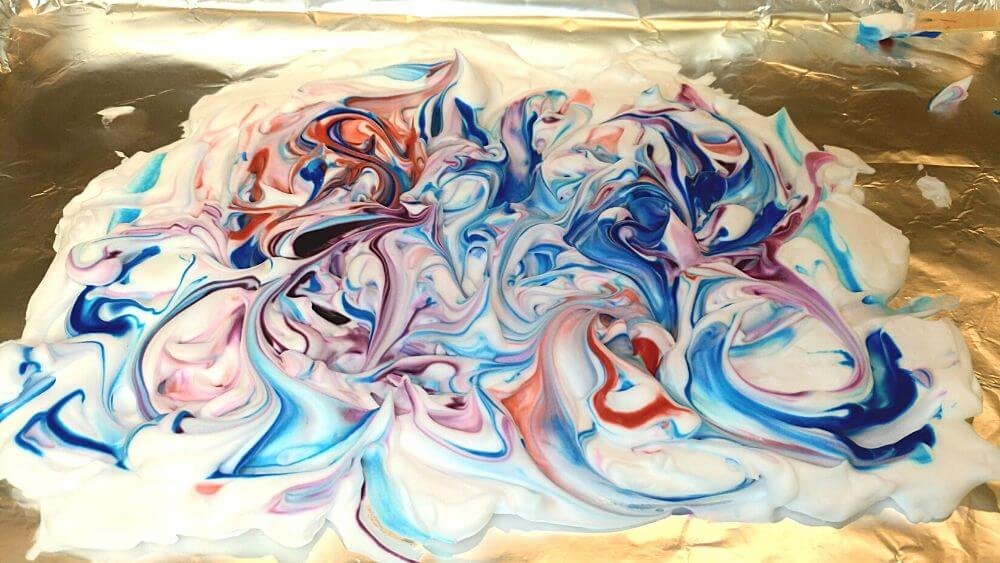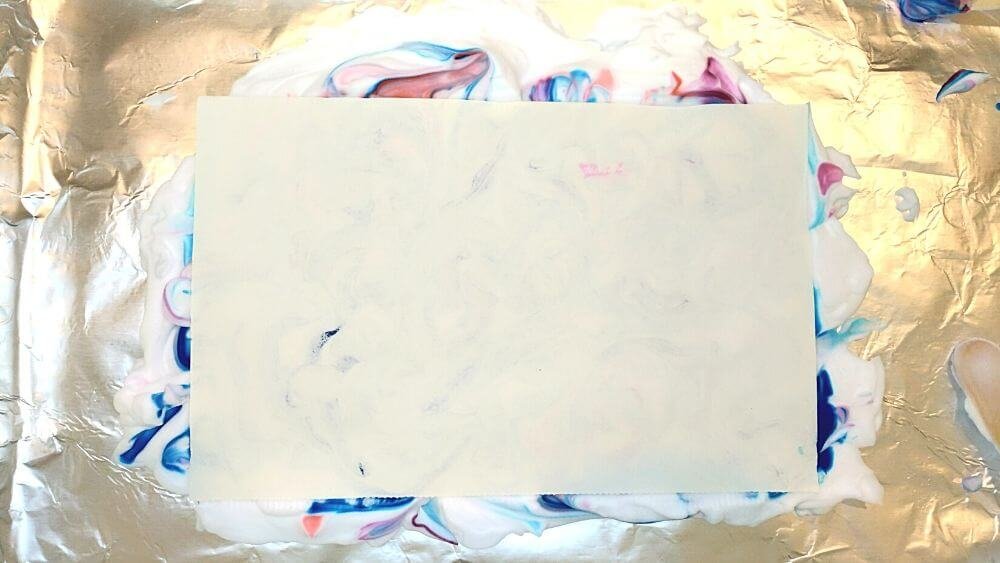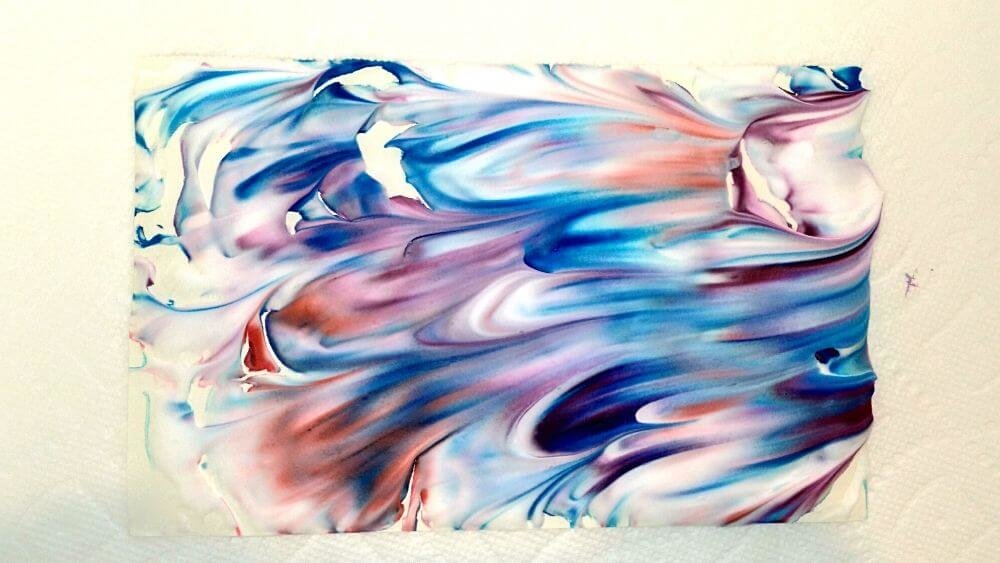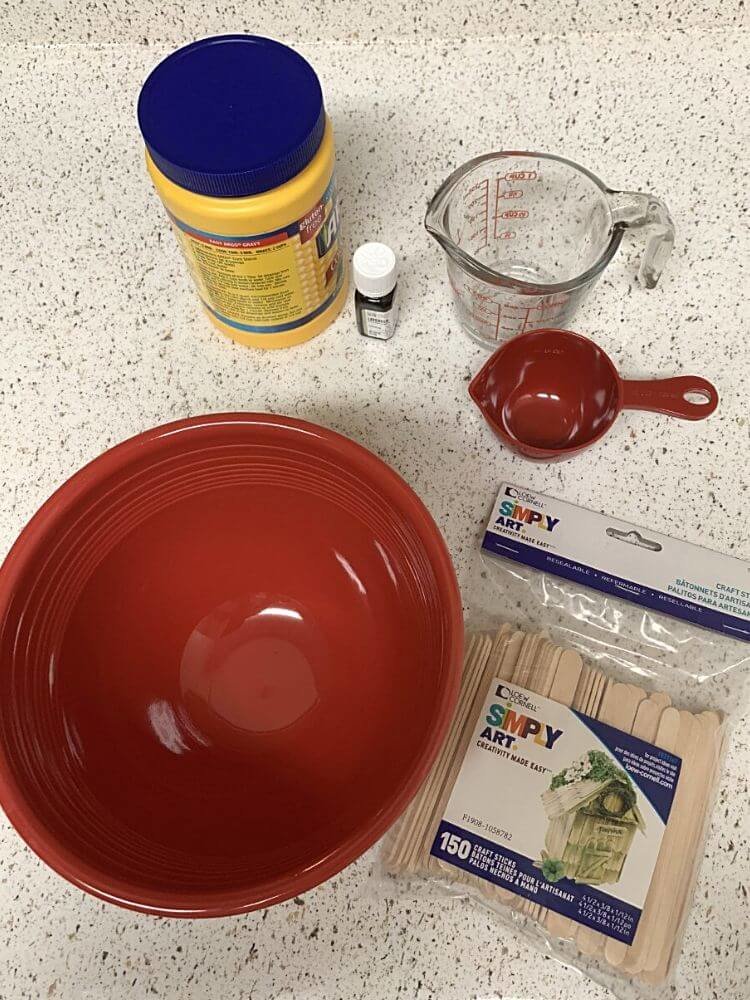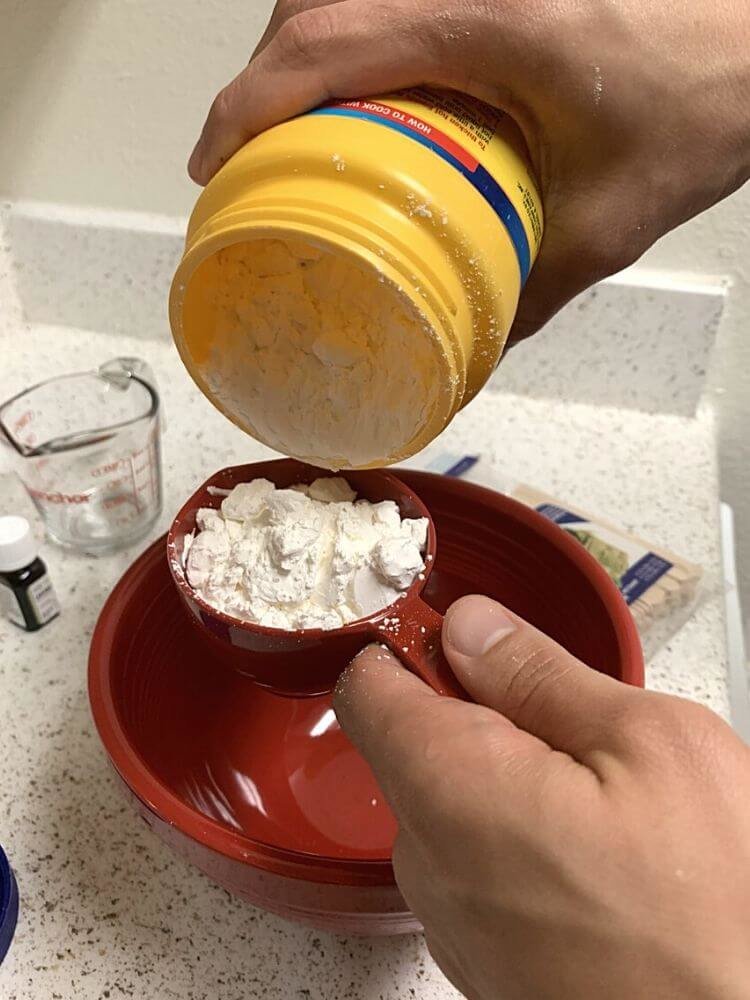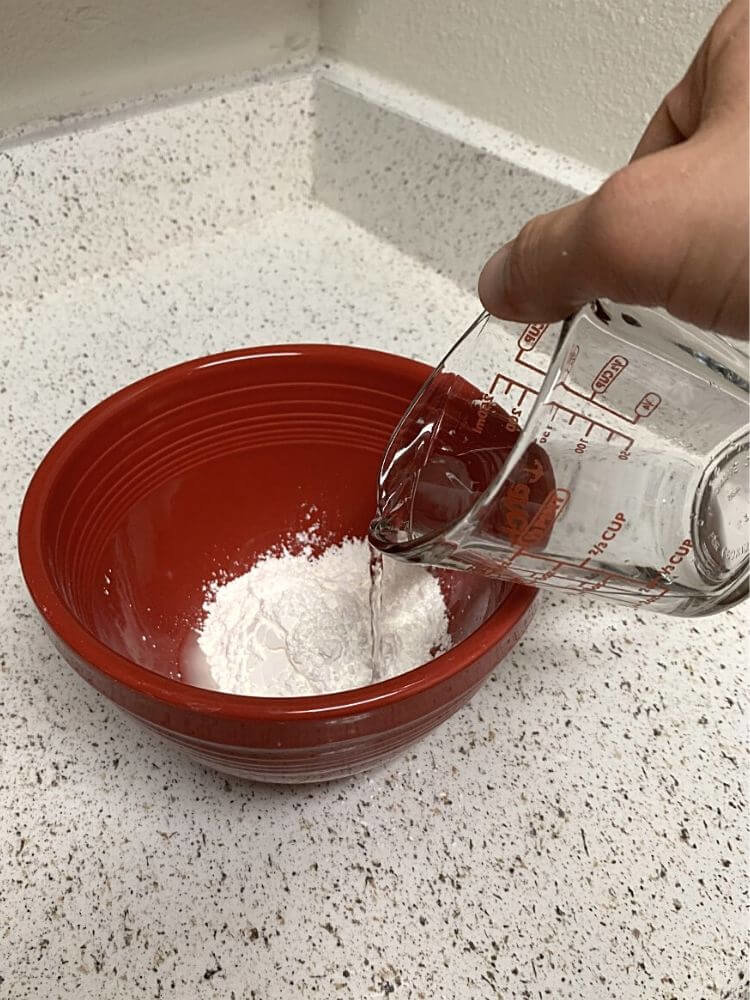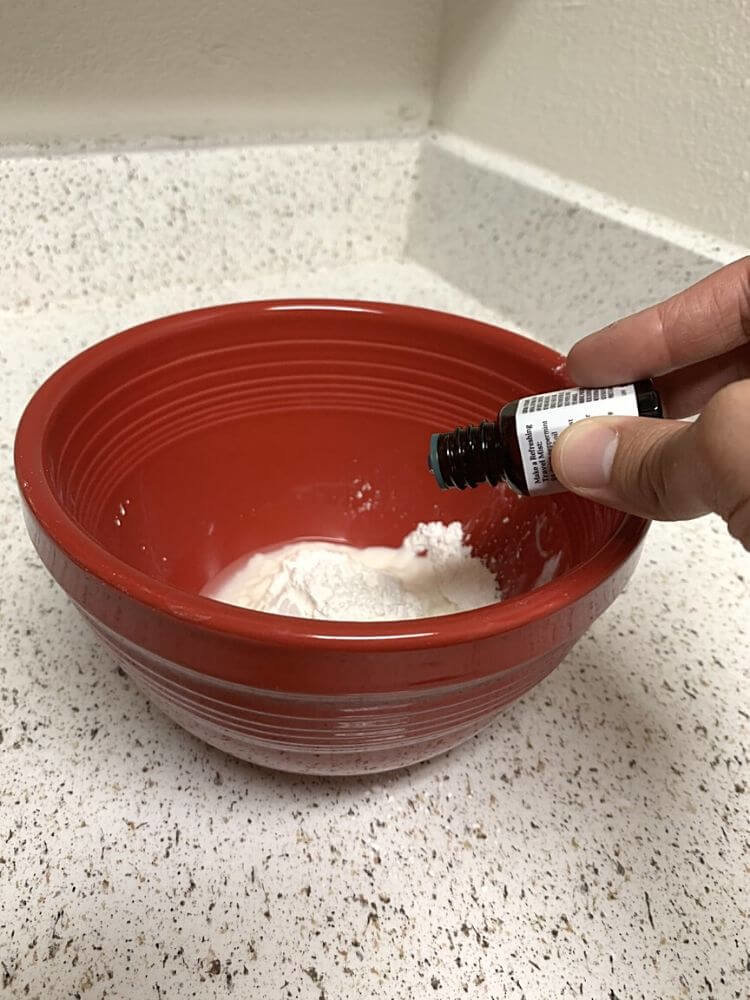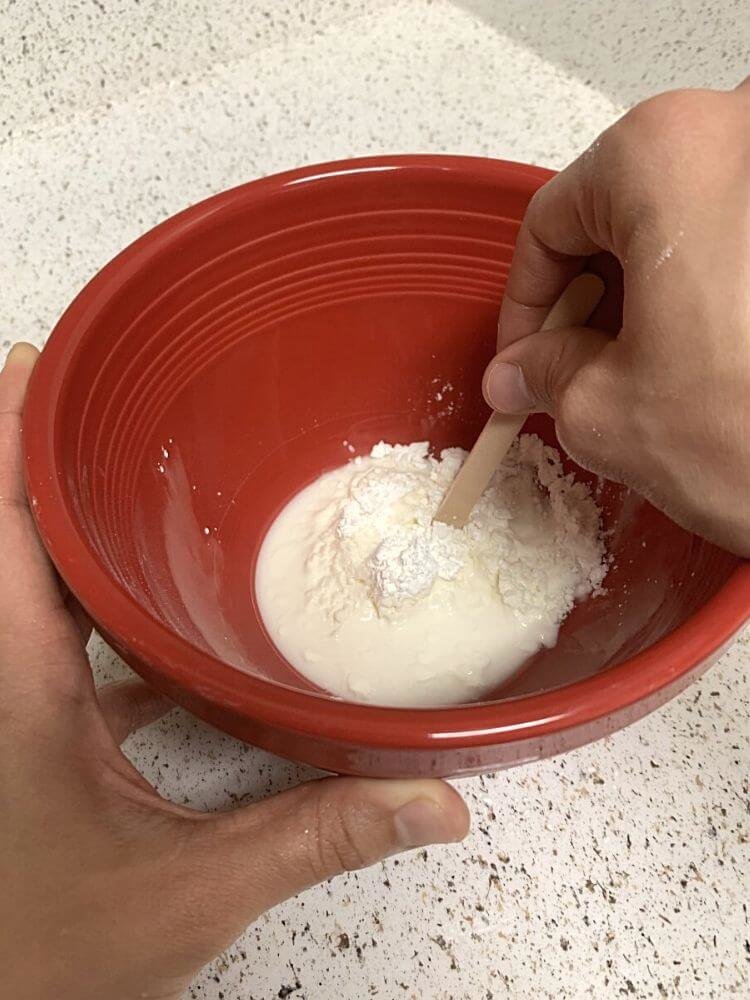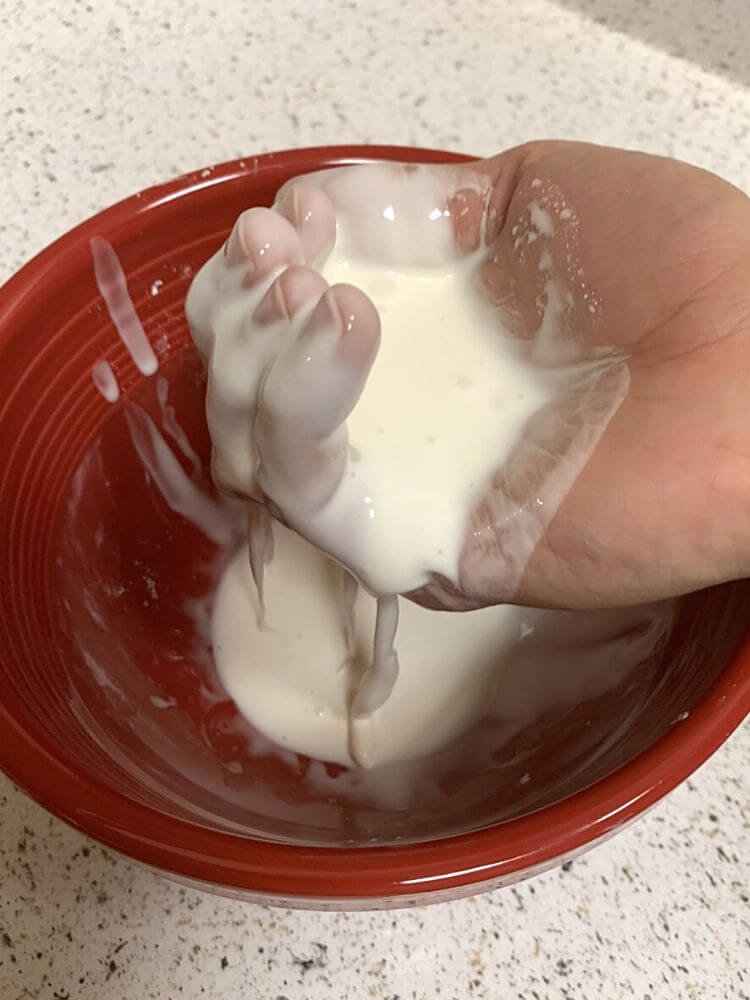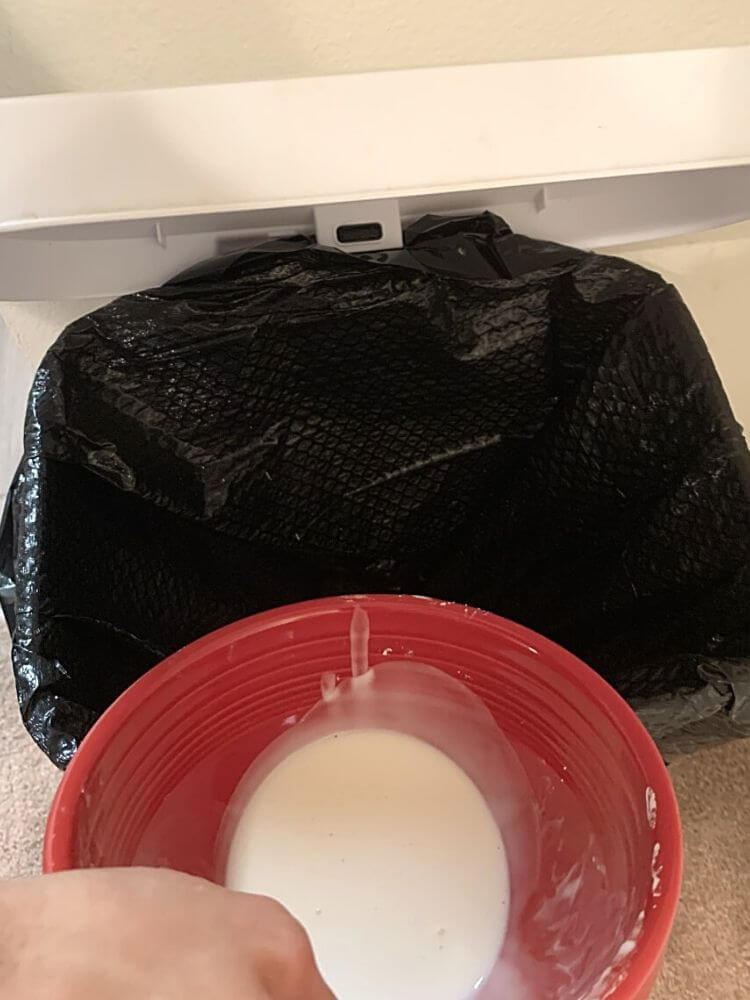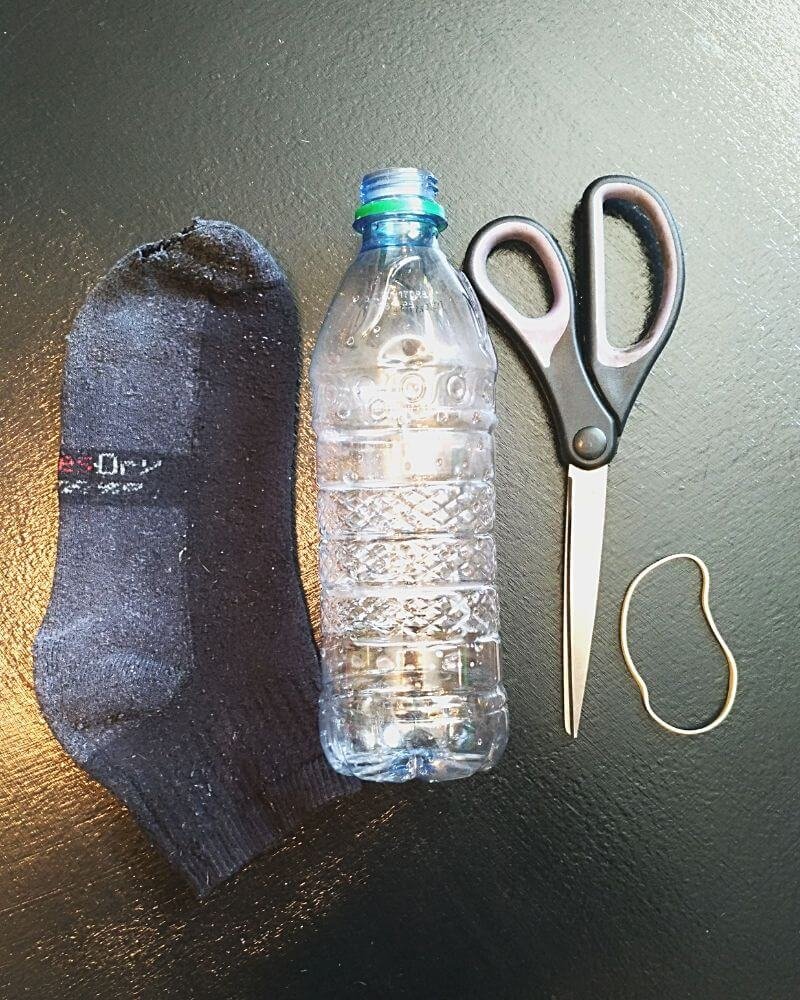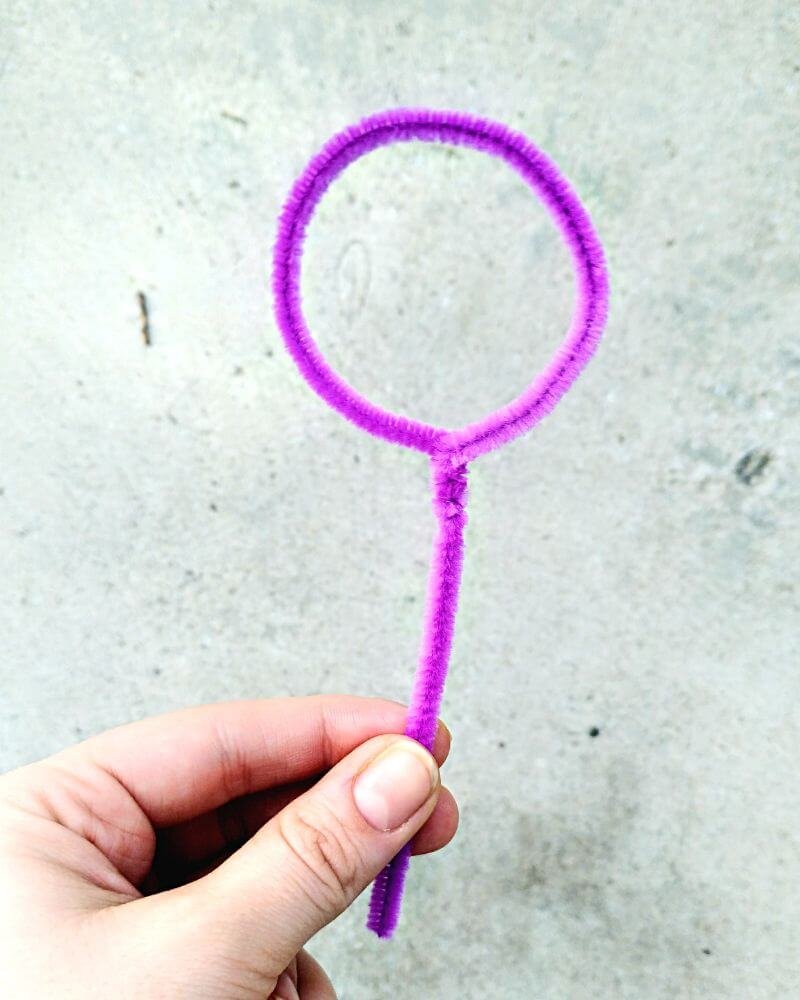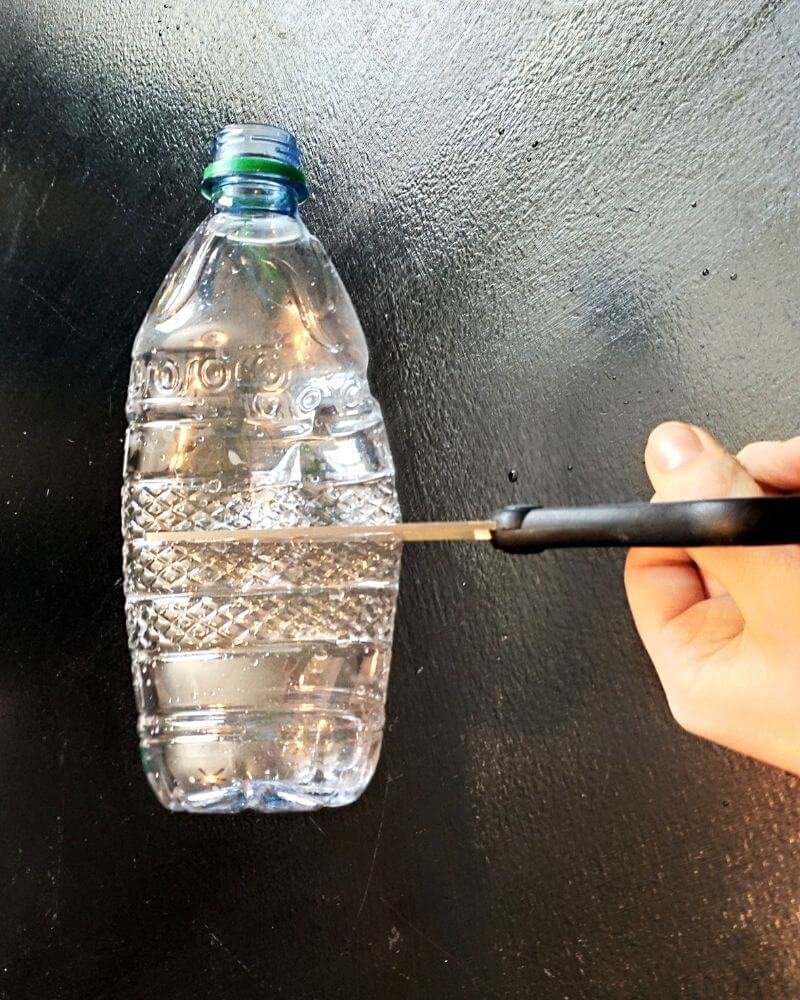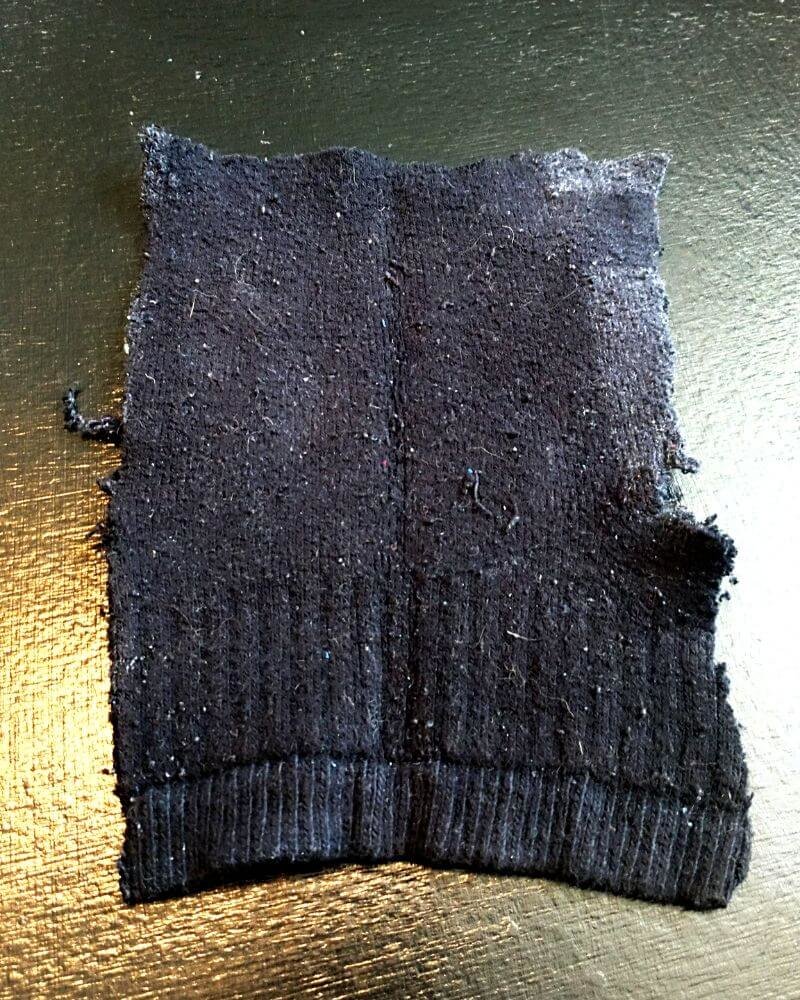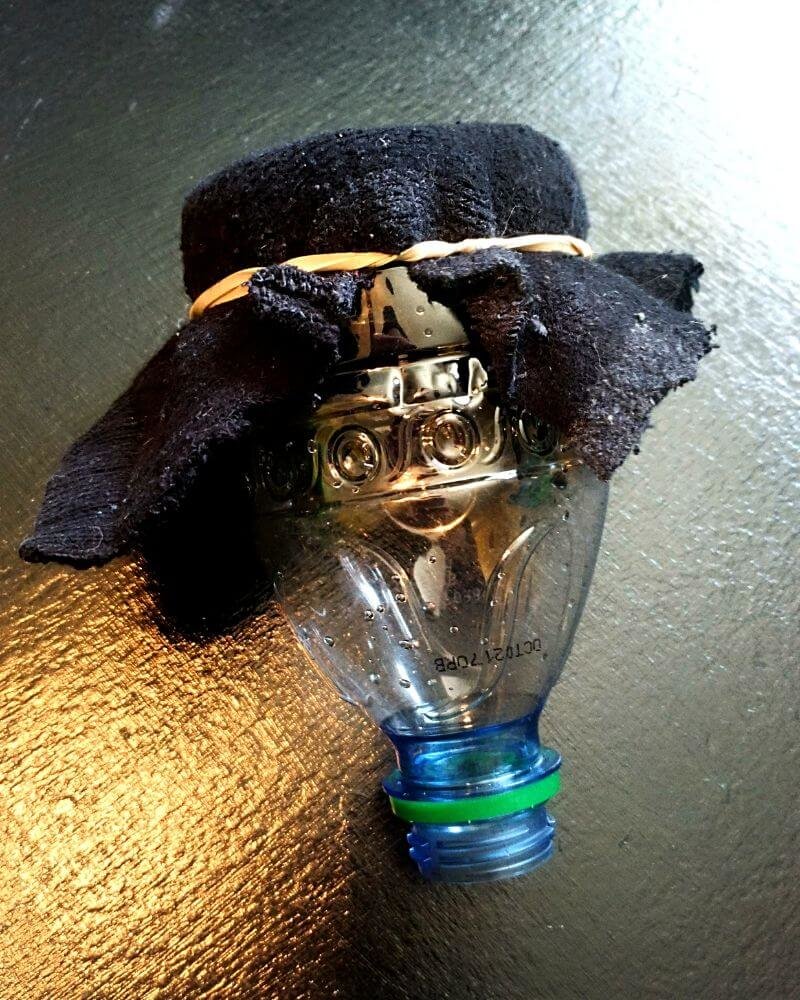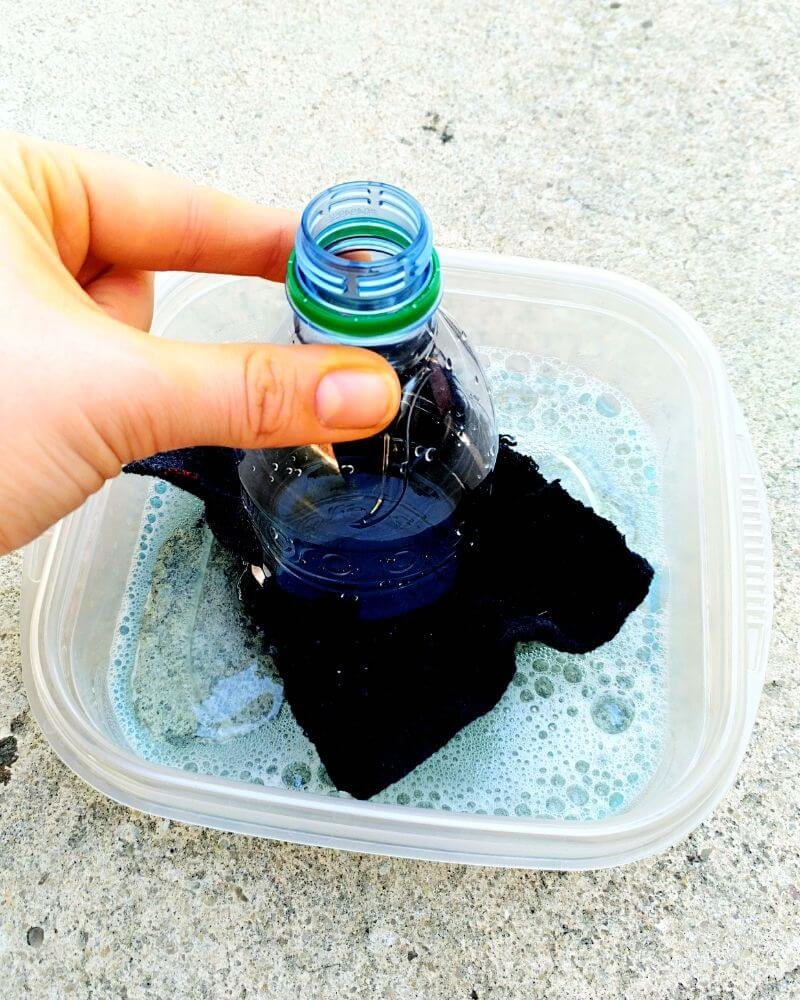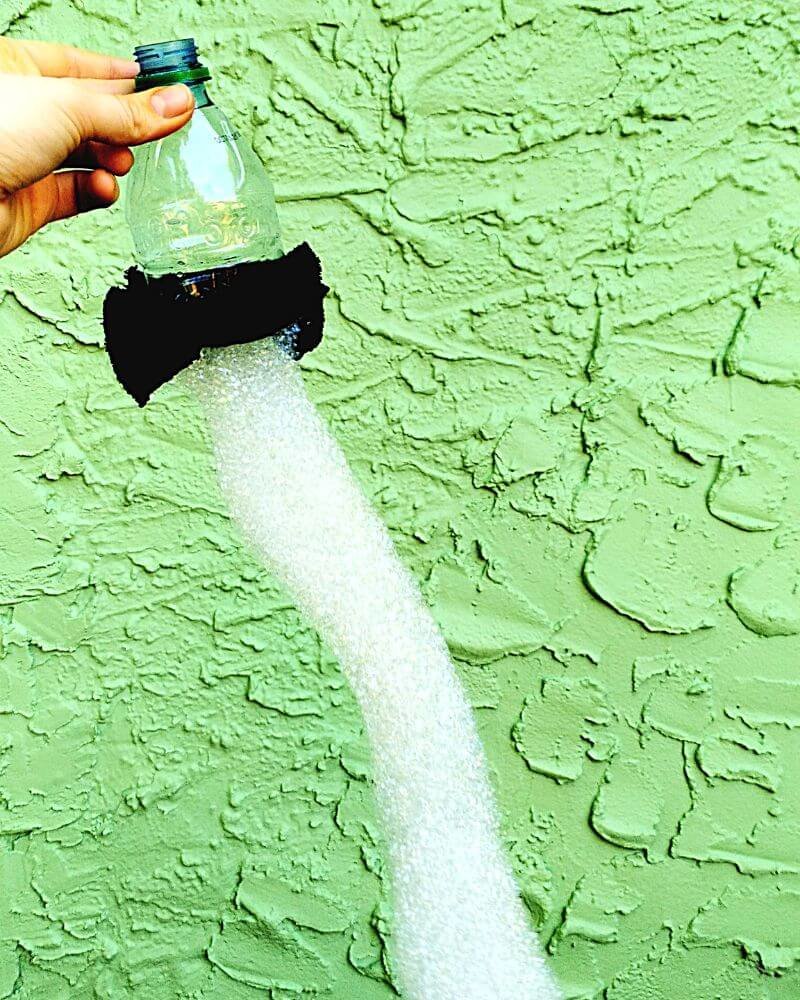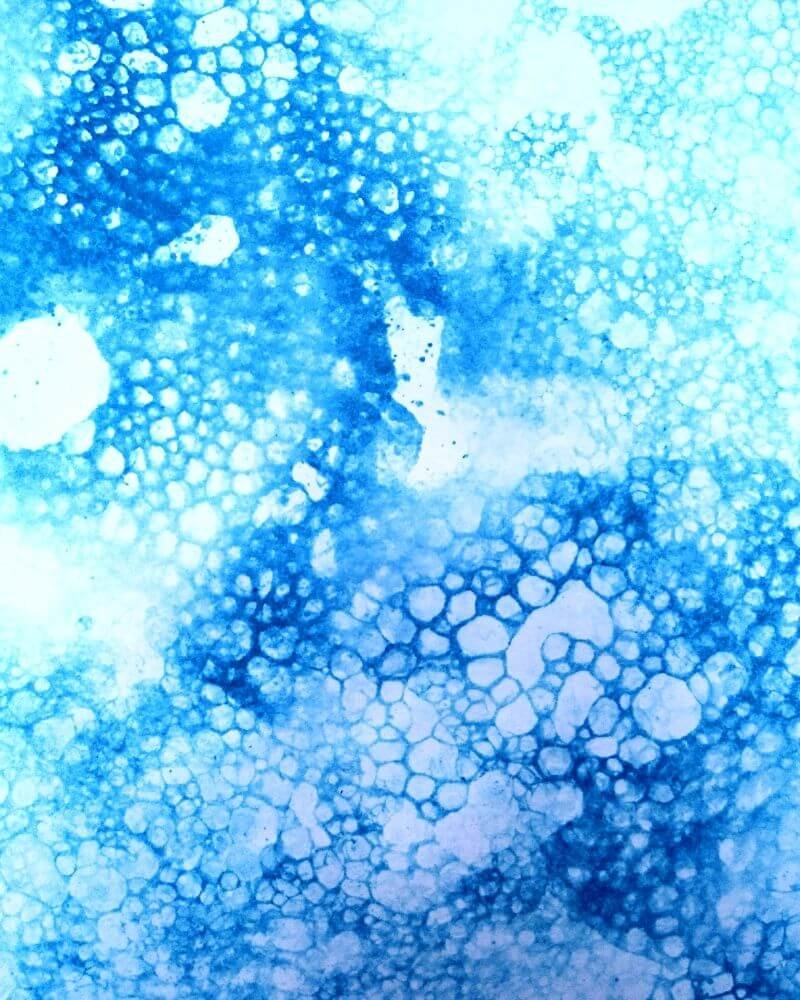Add some science to your self-care by learning how to make bath fizzers!
We’re bubbling over with excitement to teach you how to make bath fizzers! With some materials you can buy at the grocery store and a few steps, you can make your own bath fizzers at home.
This recipe is customizable, so you can add whatever color or scent you like, as well as additional treats such as dried flower petals or biodegradable glitter to your DIY bath fizzers.
Materials you will need:
- ½ cup baking soda
- ½ cup cornstarch
- ¼ cup citric acid
- Citric acid can be purchased in the canning department of Walmart, some craft stores, and online through retailers like Amazon.
- ¼ cup Epsom salt
- 1 teaspoon water
- 1 ¼ teaspoon coconut oil
- 5-10 drops of scented oil if you would like your bath fizzer to have a scent
- 1-2 drops of food coloring if you would like your bath fizzer to have a color
- A large bowl
- A small bowl
- Whisk
- A mold
- You can use bath fizzer molds, muffin tins, or even plastic cups to shape your bath fizzer.
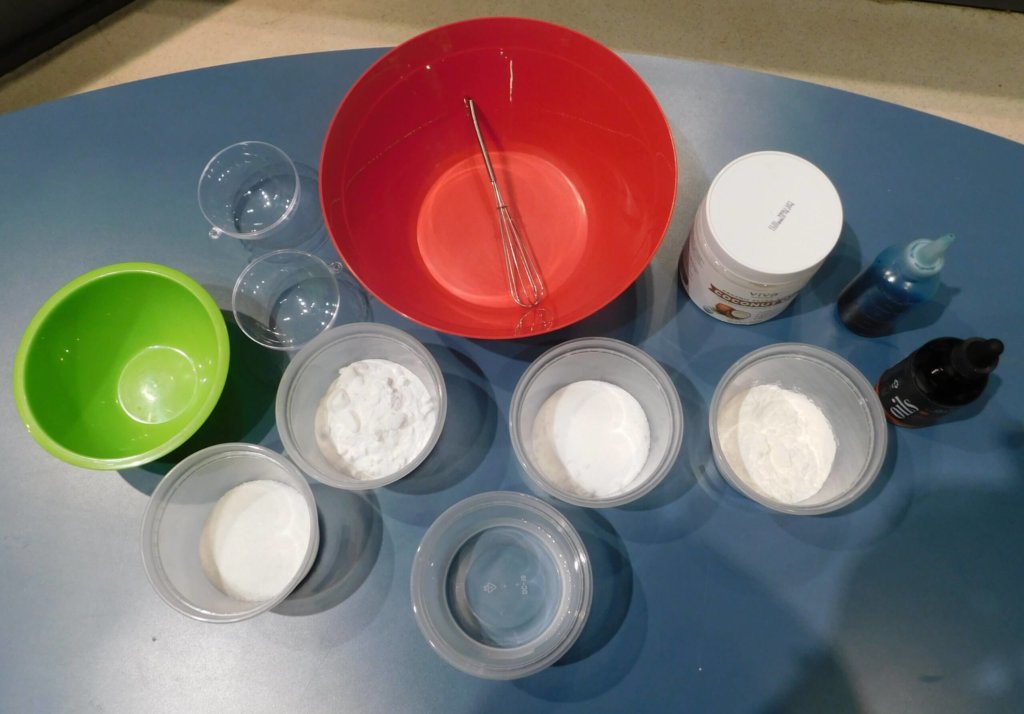
Ready to make your own? Watch along or follow the written steps below!
Watch this clip of WESH 2 News’ Adrian Whitsett creating his own moon sand at the Orlando Science Center. After making the moon sand, Whitsett participated in an activity to show how craters are made. With small rocks he was able to make large indents to recreate an asteroid knocking into the moon!
Are you ready to explore the moon, astronaut?
Directions:
Step 1:
Add the baking soda, citric acid, cornstarch, and Epsom salt to the large bowl. Whisk to combine the ingredients and remove clumps. Set the large bowl aside.
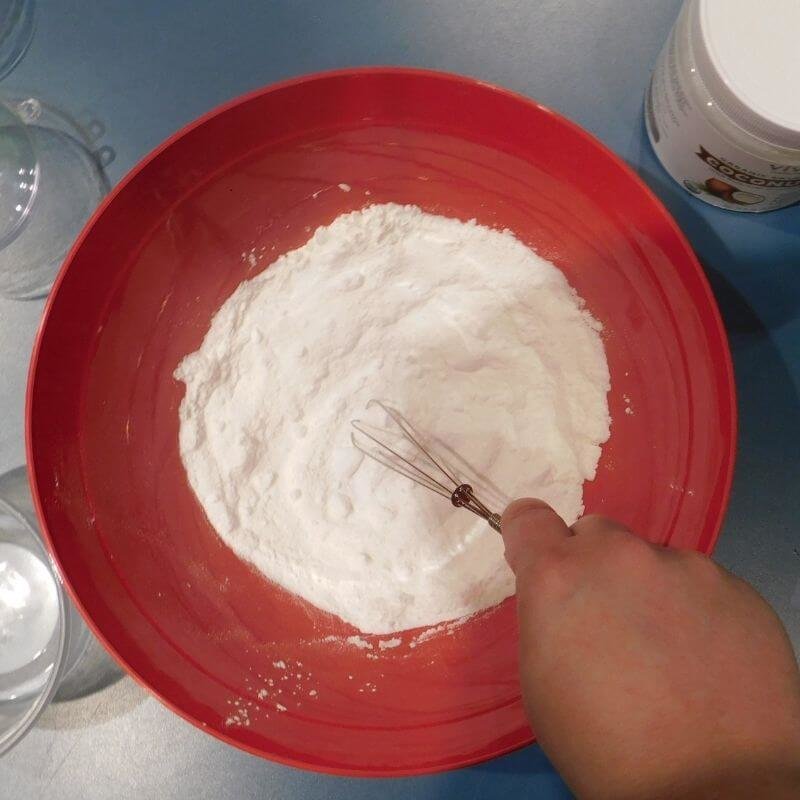
Step 2:
Melt coconut oil and add water, scented oil, and food coloring to the small bowl. Mix them together.
*Coconut oil melts with very little heat, so microwaving for a few seconds or heating the measured amount on a stove over low heat will melt it quickly.
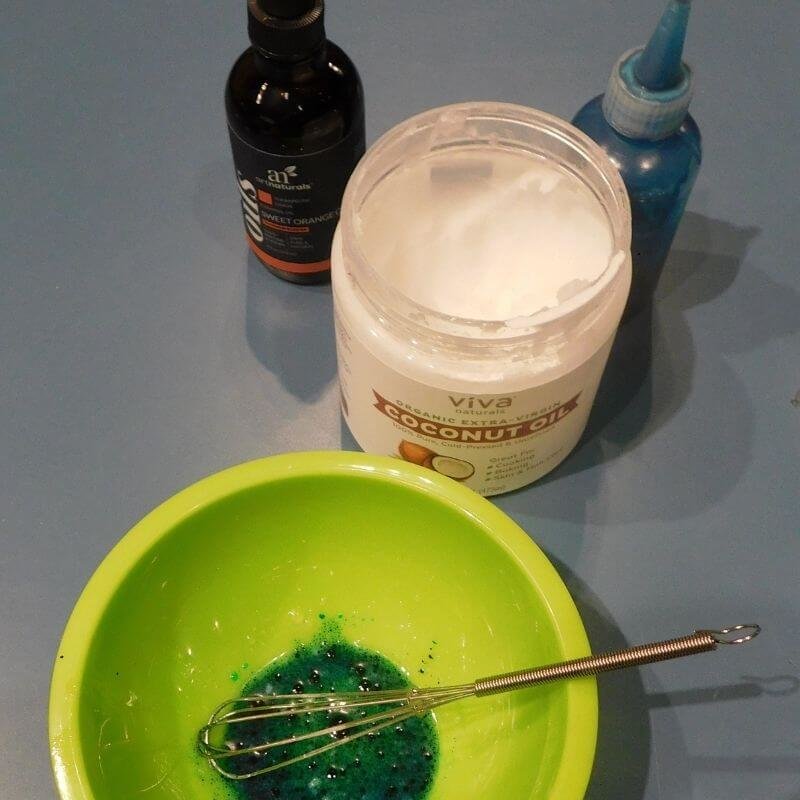
Step 3:
Now, add the wet ingredients to the dry ingredients a little bit at a time, whisking continually to combine. If the mixture fizzes excessively, you are adding the liquid too fast. You should end up with a slightly damp mixture that has started to clump together and resembles wet sand.

Step 4:
Pack the mixture into your mold. If you are using a spherical mold, press the two halves together. Carefully remove the mold so it has room to expand. Let the fizzer dry on a foil-lined baking sheet. Fizzers are usually dry after 8 hours.
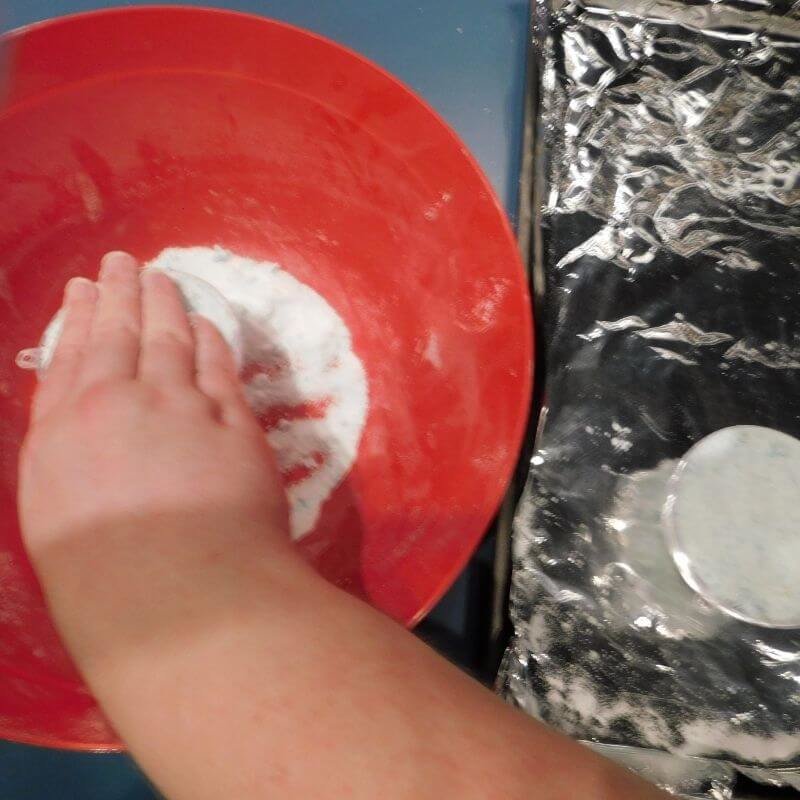
The Science: Acid-Base Reactions
Now that you've learned how to make bath fizzers, check out the science behind it!
If you’ve ever made a baking soda and vinegar volcano, you’ve seen a type of chemical reaction called an acid-base reaction. As vinegar (the acid) and baking soda (the base) mix together and react, they fizz and make an eruption of bubbles. This is exactly what’s happening in your bath fizzers, but with slightly different ingredients.
In bath fizzers baking soda is still the base, but citric acid is the acid instead of vinegar. Since both citric acid and baking soda are dry, they have to be dissolved in water to react. Once they’re dropped in the water together, they react and fizz, creating the bubbles you see in your bath fizzer. The bubbles carry any scent in the bath fizzer to the surface of the water, making the bath smell nice.
Cornstarch is the other main ingredient in all bath fizzers, but it isn’t an acid or base. It’s used for several different reasons. It helps keep the baking soda and citric acid from reacting when adding the liquid ingredients, it binds all of the ingredients together, it helps to thicken and harden the bath fizzer, and acts as a non-reactive dry “filler” that slows down the reaction and makes the fizzing last longer.
Expand on the Activity!
Learn More Chemistry
- pH is a measurement of how acidic or basic something is. It is measured on a scale of 0-14.
- A substance with a pH of 7 (like distilled water) is neutral. A substance with a pH of less than 7 is an acid. The closer the number gets to zero, the stronger the acid is. A substance with a pH of more than 7 is a base. The closer the number is to 14, the stronger the base is.
- There are several different definitions of acids and bases in chemistry.
- A simple chemical definition of an acid is a substance that releases hydrogen ions (H+) when dissolved in water. A simple chemical definition of a base is a substance that makes hydroxide ions (OH-) when dissolved in water or a substance that takes hydrogen ions from an acid.
- Ions are positively (+) or negatively (-) charged particles of an element.
Try some more kitchen chemistry!
DIY Baking Soda Paint • Add Some Bubbles and Bring your Painting to Life
OSC At Home Emails
Get a round up of our latest activities and ideas delivered straight to your inbox so you don't miss a thing!
Support OSC At Home
In these ever-changing times, it is our pleasure to adapt quality Orlando Science Center experiences to engage with everyone while they are safe at home. Please consider supporting our operating fund to ensure we can continue developing resources today and well into the future. Thank you for your generosity and support!

